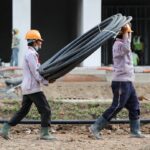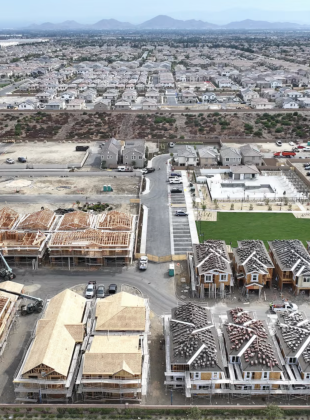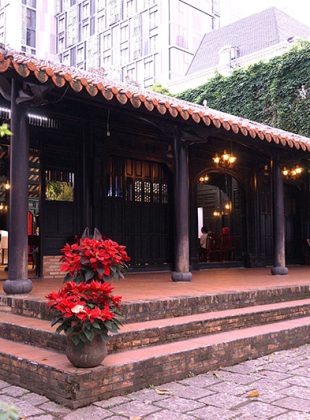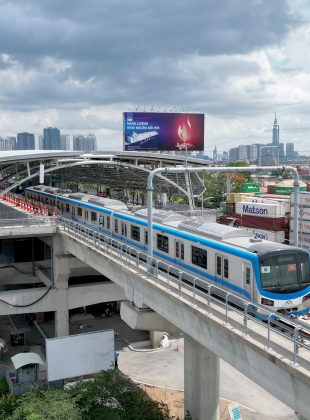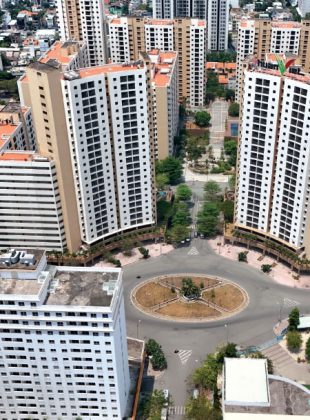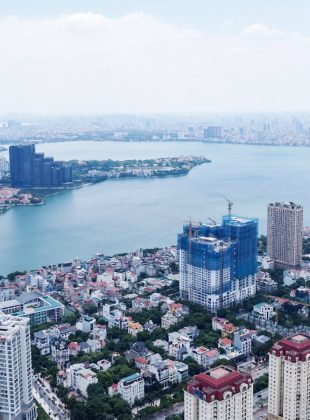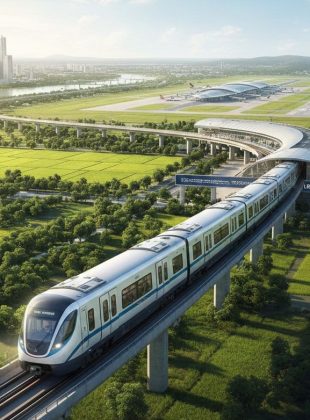The Ministry of Industry and Trade (MoIT) plans to develop and propose policies for implementing the new power development pilot scheme, Power Development Plan VIII (PDP8), after obtaining the prime minister’s request no later than mid-May.
Vietnam’s National Power Development Plan for the 2021–2030 period has been delayed, much to the displeasure of investors. Speaking on May 4, Deputy Minister of Industry and Trade Dang Hoang An said, “The MoIT is in constant contact with the government to approve the plan.”
The PDP8 is a significant sectoral master plan that will ensure national energy security while offering adequate, stable, and high-quality electricity at affordable prices for socioeconomic development.

According to An, finalising the draft became complicated after Vietnam committed to attaining net-zero emissions by 2050 at COP26 and joined the Just Energy Transition Partnership. “More time is required to evaluate the situation and make the necessary adjustments to accomplish the energy and climate transition goals,” An said.
Although progress on the plan’s approval could be delayed for some time, Minister of Industry and Trade Nguyen Hong Dien, revealed on April 22 that he would devise and suggest policies for the pilot execution of PDP8 once approval was granted by the government.
Dr. Ngo Duc Lam, former deputy director of the Institute of Energy under the MoIT, said, “PDP8 was developed in 2019 and should have been authorised in 2020, but with four draft submissions, nearly half of this year’s plans have yet to be authorised.”
According to Lam, electricity planning has never before been required to go through so many revisions and contrary to the principle that planning must be one step ahead, the PDP8 is falling behind.
The majority of power initiatives require a considerable amount of time to implement and prior to the PDP8, some power grid and power source initiatives that were omitted from the PDP7 had to be added to this plan. Moreover, the aim of developing 7GW of offshore wind power by 2030 may not be achievable because investors lack the information necessary to make the right decisions.
Everything must wait until the PDP8 is given the green light. According to analysts, this plan is particularly important as it serves as the foundation for many other associated sectoral development schemes and further power projects throughout the country. In addition, Vietnam’s transition from conventional, polluting energy, to more sustainable, ecological sources has attracted interest from foreign investors in the renewable energy sector, particularly wind power.
John Rockhold, leader of the Power & Energy Working Group of the Vietnam Business Forum, believes there is not much time left for investors to meet their renewable energy development commitments and objectives in Vietnam.
“There needs to be assurances over energy security and the capability of these master plans to achieve the economic and social goals laid out. Vietnam cannot rely solely on public resources, but must also develop strategies to draw the financial and technical participation of the private sector,” said Rockhold.
According to Rockhold, Resolution No.55-NQ/TW of the Politburo and the PDP8 seek to promote green and sustainable energy and will need approximately $16 billion to help Vietnam transition to renewable energy. To achieve this funding, he urged Vietnam to establish a legal framework for attracting private capital. “We believe that the right regulatory framework will boost capital inflows into Vietnam,” he stated.
Hai Van
(Vietnam Investment Review)



